The World's Coolest Food Museums Slideshow
Who doesn't love Pez? You get to break open a colorful character dispenser's neck and out pops a little fruity candy in a classic range of flavors like grape, orange, cherry, and strawberry. The Pez Museum in Burlingame, Calif., takes candy nostalgia to the next level with the world's largest Pez dispenser and an exhaustive collection of new, vintage, and rare dispensers dating as far back as the candy's initiation in 1927.
Currywurst Museum: Berlin
One of Germany's most loved street snacks, the currywurst is a source of national pride. The Currywurst Museum in Berlin takes you on a colorful tour of the history of the currywurst, its legendary ingredients and spices, its many TV and film appearances, and, of course, into the snack lounge for a taste.
Frietmuseum: Bruges, Belgium
Despite its name, the beloved french fry was born in Belgium and that's where you'll find the Frietmuseum, a museum (the world's first!) dedicated to all things friets. The museum offers a tour through the history of the potato, shows how it was transformed into a fry, and finally, gives you the chance to taste some for yourself.
SPAM Museum: Minnesota
Whether you love it or still don't want to know what's really in it, SPAM has a wide-reaching fan club. While you may associate it more with Hawaiian breakfast items, it's Minnesota that lays claim to the one and only (and free) SPAM Museum, where more than 16,000 square feet are dedicated to all things SPAM. You can answer trivia, learn the history, collect memorabilia, and sample some products.
Museum of Burnt Food: Virginia
Remember the old adage: One man's burnt toast is another man's museum exhibition. Virginia's Burnt Food Museum has been honoring "culinary disasters" for nearly 20 years. There's an exhibition of burnt items featuring everything from the classics (toast, blackened bagels) to the funny (charred lemons, shriveled tangerines, ashes of Hot Pockets) and artists have donated renderings of items like appliances and burnt waffles.
Museum of Pasta: Rome
Think you know everything about pasta because you can cook it to al dente with your eyes closed? Think again. The Museum of Pasta in Rome has 11 exhibition halls dedicated to one of the greatest Italian inventions the world has ever seen. Exhibitions go back through the history of wheat, show how pasta was originally made, and even a take look at how pasta is portrayed in art.
McDonald’s #1 Store Museum: Illinois
A recreation of the first McDonald's store, which opened in 1955, the McDonald's #1 Store Museum was rebuilt to the original blueprints. It has the classic red- and white-tiled floor, all-male mannequins dressed in authentic '50s uniforms, and a roadside sign showing burgers on offer for just 15 cents. Of course, if its food you're after, there's an operating McDonald's across the street — this one's just for show.
Chocolate Museum: Cologne, Germany
Chocolate has more than 3,000 years of history to it, from industrial and agricultural to cultural and artistic. Cologne's Chocolate Museum showcases every last bit of it, with exhibits and rooms dedicated to ingredients, types of chocolate, chocolate trading, chocolate farmers, and chocolate's role in the 20th century. One of the most popular rooms in the museum is the café, where the taste tests happen.
Banana Museum: Washington
The Banana Museum, in Auburn, Wash., starts from the beginning, when bananas were introduced to the public in 1876 at the Philadelphia Centennial Exposition. The collection of artifacts that curator Ann Mitchell Lovell has amassed since she opened is extensive — a sign from the first banana cargo in the U.S. sits next to vintage banana ads and a 1920s bakelite recreation of a banana skirt from the Folies Bergère.
Dutch Cheese Museum: Alkmaar, Holland
In a historic weighing house, the Dutch Cheese Museum showcases Holland's rich cheese production. It takes you on a journey through the centuries-old dairy history in the region, displays tools used to produce cheese from as far back as the 16th century, and focuses on the country life of Dutch cheesemakers, including typical costumes and artwork featuring their local product.
